AARST-NRPP Certified Radon Testing (Certified Residential Measurement & Multifamily Measurement Certificate)
HUD MAP & HUD LEAN
214.912.4691
ScanTech has been specializing in both short and long term radon testing and consulting for over 17 years in cities throughout Texas including the Dallas – Fort Worth region, Austin, Houston and San Antonio. We routinely turnaround projects ranging from memory care / assisted living facilities to multi-family dwellings, apartment buildings, commercial properties and luxury high rises.
In addition to experience, we are also certified by one of the top radon organizations in the United States.
Former AARST-NRPP Nationally Certified Radon Residential Measurement Provider ID # 108991 RT
Former ARP (AARST Radon Professional) Measurement Professional with Multi-Family Measurement Certificate
These certifications are necessary for HUD LEAN (for Multi-Family Buildings / Apartments), HUD MAP (Skilled Nursing & Assisted Living Facilities), Fannie Mae, Freddie Mac and GSA radon professional requirements.
Current MAP requirements allow a 25% ground floor sampling variance from the ANSI-AARST testing protocol. However, if any of the units come back at or above 4 pCi/L, 100% ground floor testing is required. You can find the current radon policy in Chapter 9.5.C of the MAP guide: https://www.hud.gov/sites/documents/4430GHSGG-BM.PDF
Attached is a 2018 radon update from Pat Burke that supplements the existing policy: Radon Technical Updates Pat Burke November 2018
Multifamily has proposed eliminating the 25% sampling variance and requiring 100% ground floor testing. If approved, this change would go into effect when the new MAP guide is published. The guide is still going through review. (from a memo dated Aug 5th, 2020)
The new requirement has now largely passed and is in effect as of this writing (January 1st, 2022) and because of the ongoing pandemic, ScanTech is no longer performing surveys for OCCUPIED multi-family dwellings or nursing facilities. We only perform commercial surveys in unoccupied structures which are typically new builds, though we can still do office buildings under certain conditions such as in conjunction with other forms of indoor air quality testing.
RADON TESTING SAFETY FACTS
I Live in the Dallas – Fort Worth DFW area of Texas – Can Radon Be A Danger Here?
Yes it can, and it is a very real issue in the Dallas – Fort Worth – North Texas Area.
Alpha Energy Laboratories (who specializes in Radon testing nationwide) sent out several thousand kits at cost to see what percentage of homes had elevated radon levels. An average of 10 % (1 in 10) came back with levels above 4 pCi/L (picoCuries per Liter) and there was even one test result which measured over 100 pCi/L. So radon is not a problem just in the North or in homes with basements. It can be a problem anywhere and it varies home to home. Finding out for yourself is relatively inexpensive way to prevent possible health issues down the road.
Dallas actually has a higher percentage of elevated radon levels compared with other surrounding counties as shown below in the data taken from http://tx-radon.info/TX_counties.html
RESULTS BELOW 2 pCi/L
RADON LEVELS 2 – 3.9 pCi/L
RADON LEVELS 4.0+
DALLAS COUNTY RADON LEVELS
COLLIN COUNTY RADON LEVELS
TARRANT COUNTY RADON LEVELS
DENTON COUNTY RADON LEVELS
To check average radon gas levels by city and /or area code, here is a useful tool that provides aggregate information in a more granular fashion:
Radon Gas Statistical Averages by Locale
The Texas Department of State Health Services, along with the U.S. EPA, the World Health Organization (WHO) and the U.S. Surgeon General, encourages everyone to test their home for radon.
Q. But my home is newer / older or is built on a slab / pier and beam foundation – it couldn’t have radon, could it?
A. I have found excessive radon levels in houses of all ages (from 70 years old to just built) with either kind of foundation. Newer homes actually tend to be worse because they are usually built to be more energy efficient (airtight) so the lack of ventilation / air exchange means that radon gas can accumulate to a greater extent. Pier and beam tends to be easier and less expensive to mitigate, but homes built with slab-on-grade foundations can also pull in radon gas from the earth via the stack effect (negative pressure in the home) through cracks or improperly sealed pipes and conduit.
Q. How Long Does A Radon Test Take?
A. Many people who need a Radon test are prospective home buyers and there is often a narrow window of time to close on the property during which inspectors can be called out. Short term radon kits require a minimum of 48 hours to develop (for the test to be compliant with EPA protocol) and the Alpha Energy Lab which is located here in the Dallas area can rush reports within 24 hours. (with an extra fee being charged per radon kit)
Otherwise, test results may require up to 3-4 business days AFTER the developed charcoal kit has been delivered to the lab.
So the minimum time typically required is 3 business days with a rush fee, (provided that ScanTech is contacted in time to make it out to the target location by Mon or Tuesday morning) and 5-7 days without, plus the lab is closed on weekends and after 4 PM. In addition, the lab cannot begin processing the radon kit until at least 4 hours has elapsed after the kit has been sealed.
ScanTech now offers a faster testing option that can indicate the levels within 24 hours after deployment onsite. This test rivals or exceeds the accuracy of the charcoal kits (+/- 5 %) and is much faster and typically cheaper. The only caveat is that the testing fee plus an equipment deposit must be collected at the time of deployment or before.
Here are some good facts on Radon risk taken from the EPA’s website. Here is a link to the EPA website from which the information on this page was derived.
Q. What Is the Average Level of Radon in the Home?
A. Based on a national residential radon survey completed in 1991, the average indoor radon level is 1.3 pCi/L in the United States. The average outdoor level is about 0.4 pCi/L. In the Dallas / Fort Worth area, the indoor average is slightly lower at 1.2 pCi/L with an average outdoor level of 0.3 pCi/L.
Q. Is there any level which is completely safe?
A. Only 0.0 pCi / L (none whatsoever) which is generally not practical as even under the best conditions, there are measurable levels of radon outdoors everywhere. The risk of radon exposure is completely linear – as levels increase, so does the risk of health effects. There really is no safety threshold per se. (except zero) Also, radon cannot be filtered out of the air, only minimized by dilution through adequate ventilation.
Then why 4.0 pCi/L? This was set as as standard with respect to ALARA. (as low as reasonably achievable) If the standards were lower (like 2.0) then the potential cost and difficulty of mitigating certain homes and structures could become untenable. However, the World Health Organization (WHO) recommends a lower safety guideline / action limit of 2.7 pCi/L for radon gas levels.
Q. Is radon really dangerous?
A. On the Internet, there are rumors that radon is not really as serious as studies would suggest and that the combined health effects with smoking are greatly overstated. According to some experts, the perceived risk factor from radon goes in and out of fashion with time, but the effects are the same regardless of public perception.
The problem with health factors such as radon gas is that the onset of symptoms or effects can take a relatively long time – 10 to 20 years or more and in the meantime there is no sign that anything is amiss. It is odorless, tasteless and has no real symptoms that can be attributed. (such as headaches or dizziness from carbon monoxide poisoning) But an estimated 20,000 + people die every year from radon gas in the United States, the equivalent of a jumbo jet plane crashing every week. But these deaths are not spectacular or as directly linked as a airliner wrecking, so the perception tends to be “So what?”
What is known for certain by radiation science is that radon gas is an alpha particle emitter which does cellular, DNA and biochemical damage to the human body. Typically this is through direct inhalation of radon gas, and / or radon gas that is adsorbed onto small dust particles which then pass into the lungs where the radiation from the alpha particles can penetrate through several layers of cells in the epithelial layer of vulnerable lung tissue.
This tombstone graph shows 15,000 deaths annually from radon gas, (*NOTE – this figure is from statistics recorded 30 years ago in 1986) but more recent EPA estimates (after 2010) are 21,000+ lung cancer deaths annually due to radon – 2nd only to smoking as a direct factor, and it has now surpassed DRUNK DRIVING in total estimated fatalities annually.
Q. Won’t discovering Radon ruin my property values or peace of mind?
A. Testing for radon is inexpensive and not very complicated. Fixing a problem typically costs less than many other home projects and repairs – sometimes just adding a vent fan is all that is necessary.
Q. Can you test the Radon level in soil before hand?
A. Yes, and normally you need special radon kits that are designed for this purpose and they need to be placed inside of a hooded enclosure. Unfortunately, studies have shown that there is little correlation between radon readings obtained in this fashion and the actual readings in a home built on the site. This is due to multiple variables in how the structure is built, type of foundation, ventilation patterns, construction materials and home design.
There are medical geology maps which can plot the relative distributions of areas in terms of the POTENTIAL (also known as RADON POTENTIAL MAPS) that structures built there are more likely to have a radon issue, but there is too much variance from one site to another for this to be a reliable predictor.
Q. Can there be Radon present in water?
A. Yes, radon gas may enter the home through contaminated well water as it is soluable in water and it may be released into the air when bathing, showering, doing dishes or other tasks. This is primarily a concern if you get your water from underground sources such as a natural spring. Drinking the water directly however, is thought to be less risky than inhaling radon found in the air. There are tests however, specifically designed to test radon in water and ScanTech can perform this service.
Q. Are there seasonal fluctuations?
In general, yes. The wintertime will tend to show higher levels due to the home being more closed up. In summertime you may not even observe an issue due to the self mitigating circulation of air from A/C or open windows. If the property tests within guidelines during the summer, it would be wise to measure again in the winter.
Also, there are diurnal fluctuations where radon tends to increase at night due to loss of wind and the “stack effect”. This occurs more when outside cooler air combined with rising warm air from interior heating start to pull more radon gas from the earth.
Also low pressure systems such as a thunderstorm can produce a ‘stack effect” which draws more radon from the soil. Excessive humidity could effect test results, but modern charcoal tests are designed to be fairly resistant to this sort of data skewing. Only complete saturation by water can really throw off the test results.
Q. Will granite, marble or other mildly radioactive material / stone elevate the radon levels in my home?
They could.
Granite, marble and other natural stone as well as certain rocks, minerals and soil, contains a certain amount of naturally occurring radioactive elements also referred to as Naturally Occurring Radioactive Material (NORM). Elements such as thorium, uranium, and potassium contribute to what scientists call “background” radiation. Background radiation is a combination of terrestrial (from the earth) and cosmic radiation (rays from outer space that penetrate the magnetosphere) that individuals are continuously exposed to as part of living on planet Earth. On average, we receive about 300 millirem each year from these sources. A person would receive approximately 20 millirem from a routine chest x-ray. A rem is a unit abbreviation for roentgen equivalent in man which is an older CGS unit of equivalent dose.
Please see the left sidebar (scroll down to Granite Countertop FAQ) on the home page of this website to see more information on this.
http://radontestingdallas.com/
also there are several radon topics, articles and facts shared on my blog site at:
And more general information on the topic of indoor air quality testing and health can be found at:
http://indoorairqualitytestingdallas.com/
The contribution of all building materials to average indoor radon concentrations is about 18.5 % or nearly 1/5th of the overall gas levels and come not just from countertops, but other materials such as the sand, cement, concrete, brick and other structural components of a dwelling.
Q. What kind of radon kit (short term vs. long term) and what sequence of tests should be performed to determine if radon mitigation is necessary?
The flowchart is outlined here:
https://www.doctorhomeair.com/pcflowchart/
Radon Results by City / ZIP Code
Radon (Wikipedia – requires some updating)
Radon (specifically the isotope radon-222) is a gaseous radioactive element (a noble gas) having the symbol Rn, the atomic number 86, an atomic weight of 222, a melting point of -71ºC, a boiling point of -62ºC, and as of this writing there are 37 known isotopes of radon. (an isotope is an element wit the same number of protons, but different atomic weights due to variations in the number of neutrons)
Of these isotopes, only 3 are abundant in nature (219 Rn, 220 Rn, 222 Rn) and only two are of environmental / health risk importance. (220 Rn, 222 Rn) Levels of Rn 222 are monitored the most because of the extended half-half of 3.823 days (approx 3 days 19 hours 46 minutes) as opposed to Rn 220 which has a half life of just under 1 minute. (55.6 seconds)
The half-life of an element reflects it’s relative radioactive stability by giving a probabilistic time period over which 1/2 of the element decays into another isotope / element. Therefore if you have 1 liter of radon gas, in just under 4 days approximately 50 % of it will decay into Polonium 218.
Radon 222 is an extremely toxic, (as a radioactive alpha emission source) colorless, odorless and tasteless heavier than air gas which cannot be detected by human senses or even ordinary chemical testing. (several varieties of specialized detectors or kits are used depending on the application)
It can be condensed to a transparent liquid and to an opaque, glowing solid; it is derived from the radioactive decay of radium (as a daughter particle) and is used in cancer treatment, as a tracer in leak detection, and in radiography. (From the word radium, the substance from which it is derived.)
Sources: Condensed Chemical Dictionary, and Handbook of Chemistry and Physics, 69th ed., CRC Press, Boca Raton, FL, 1988.
REFERENCES
Google Books Text on Radon Emitting Minerals

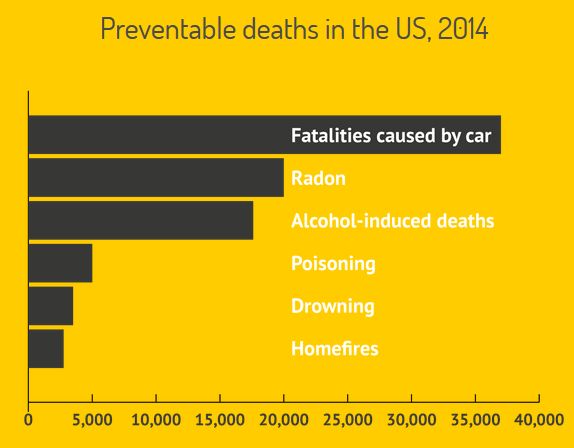
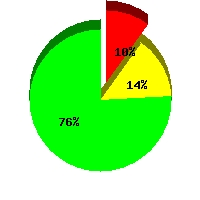
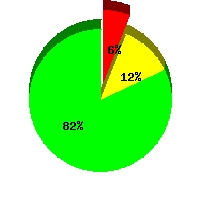
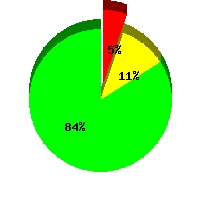
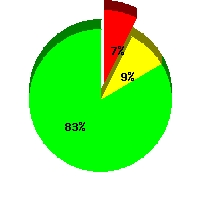
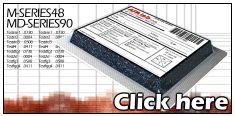






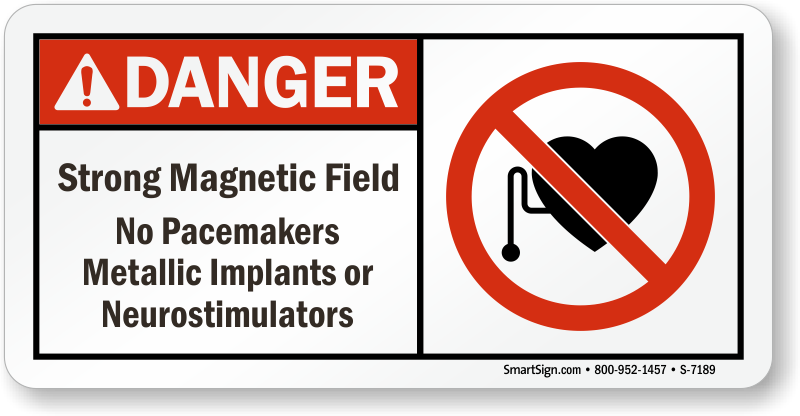


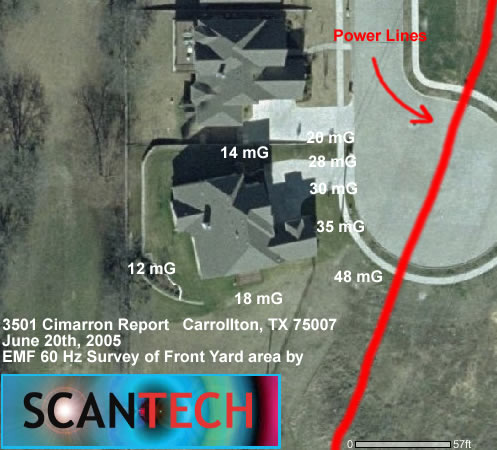

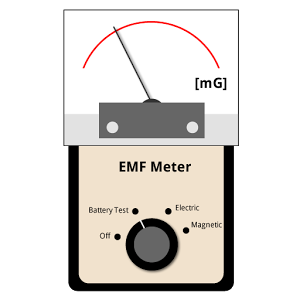
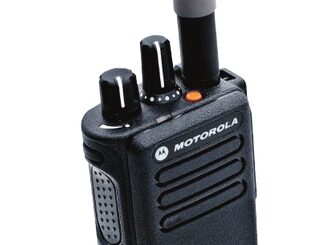

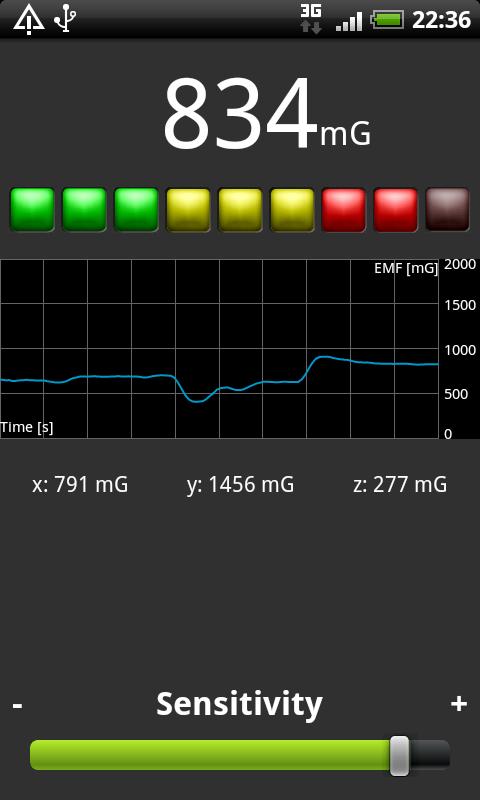
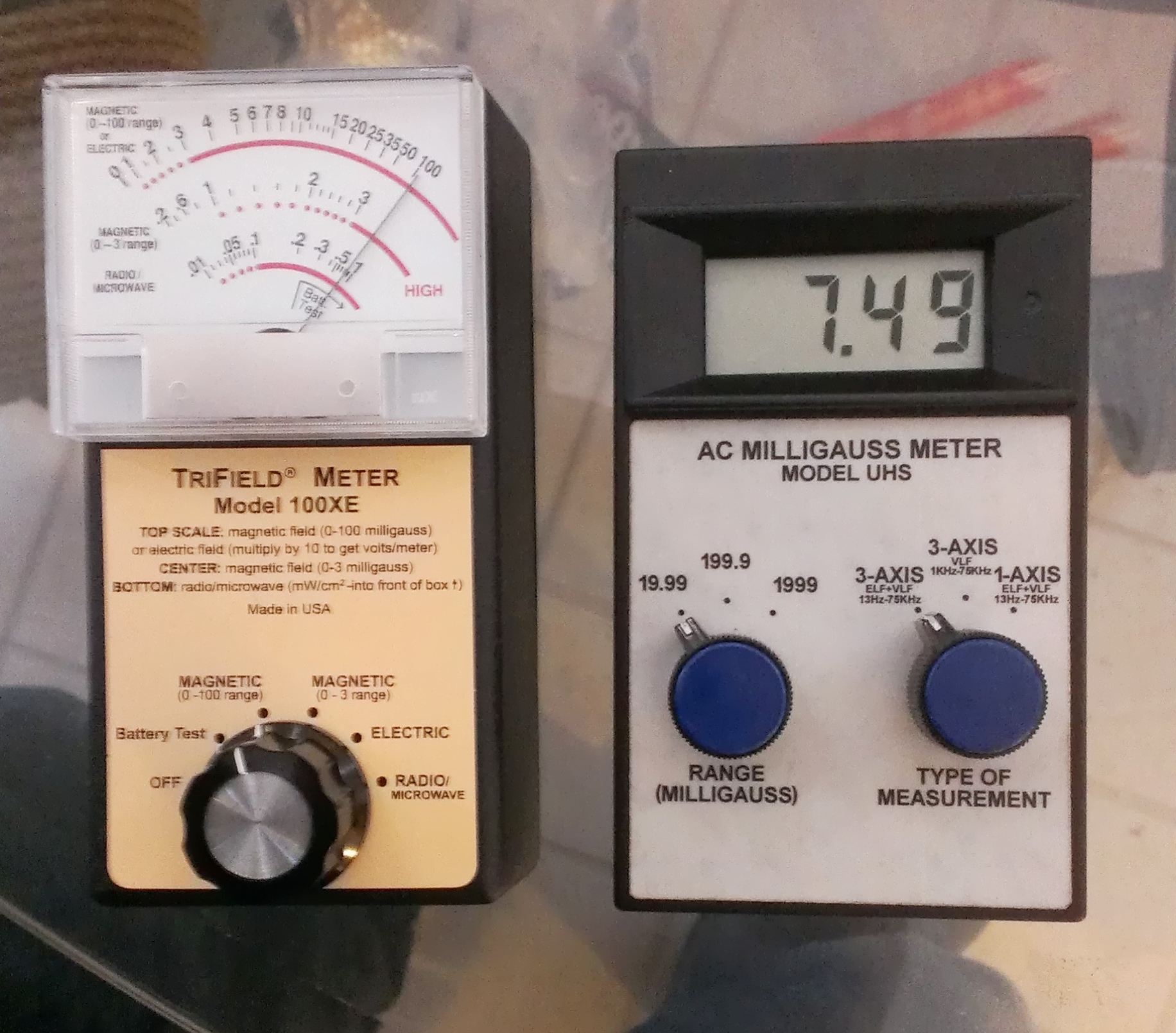
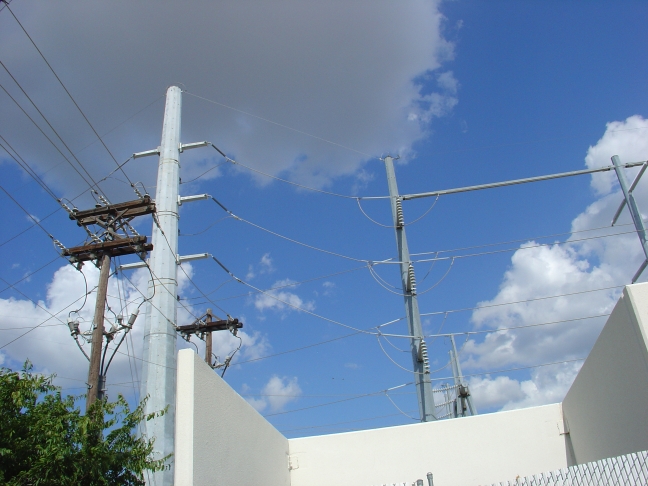
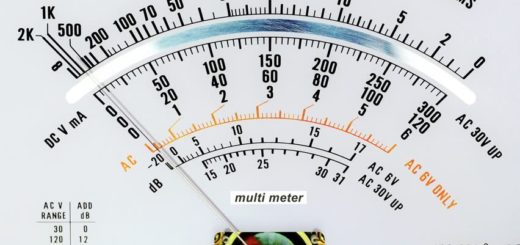
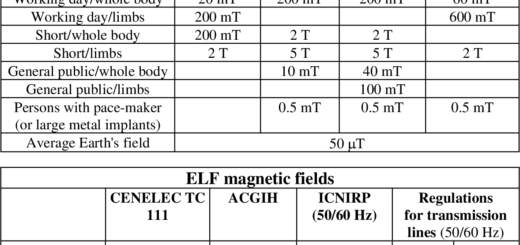




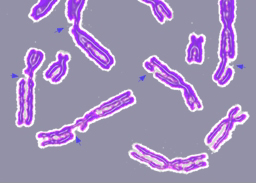
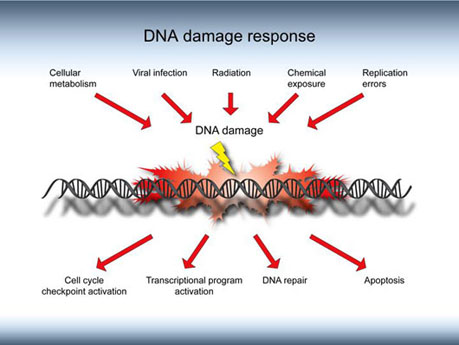
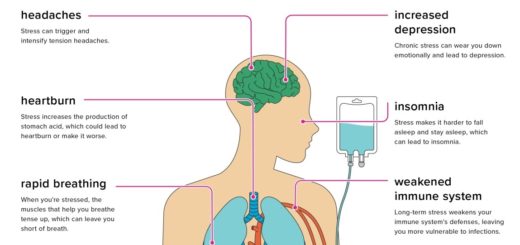
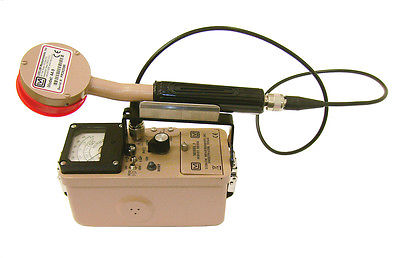

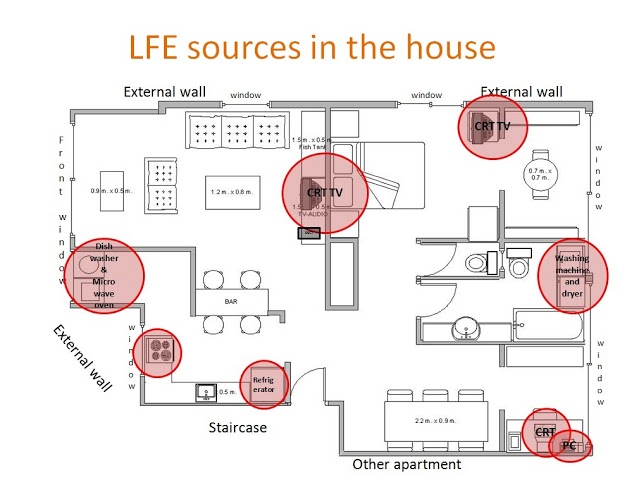
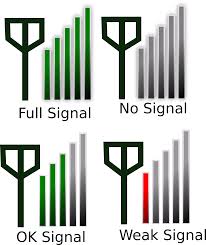


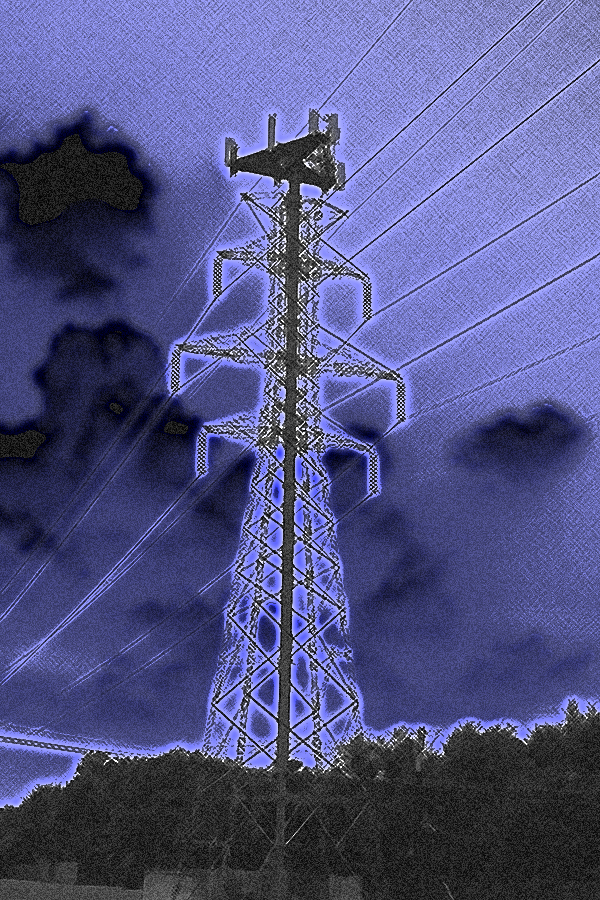
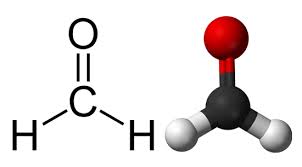
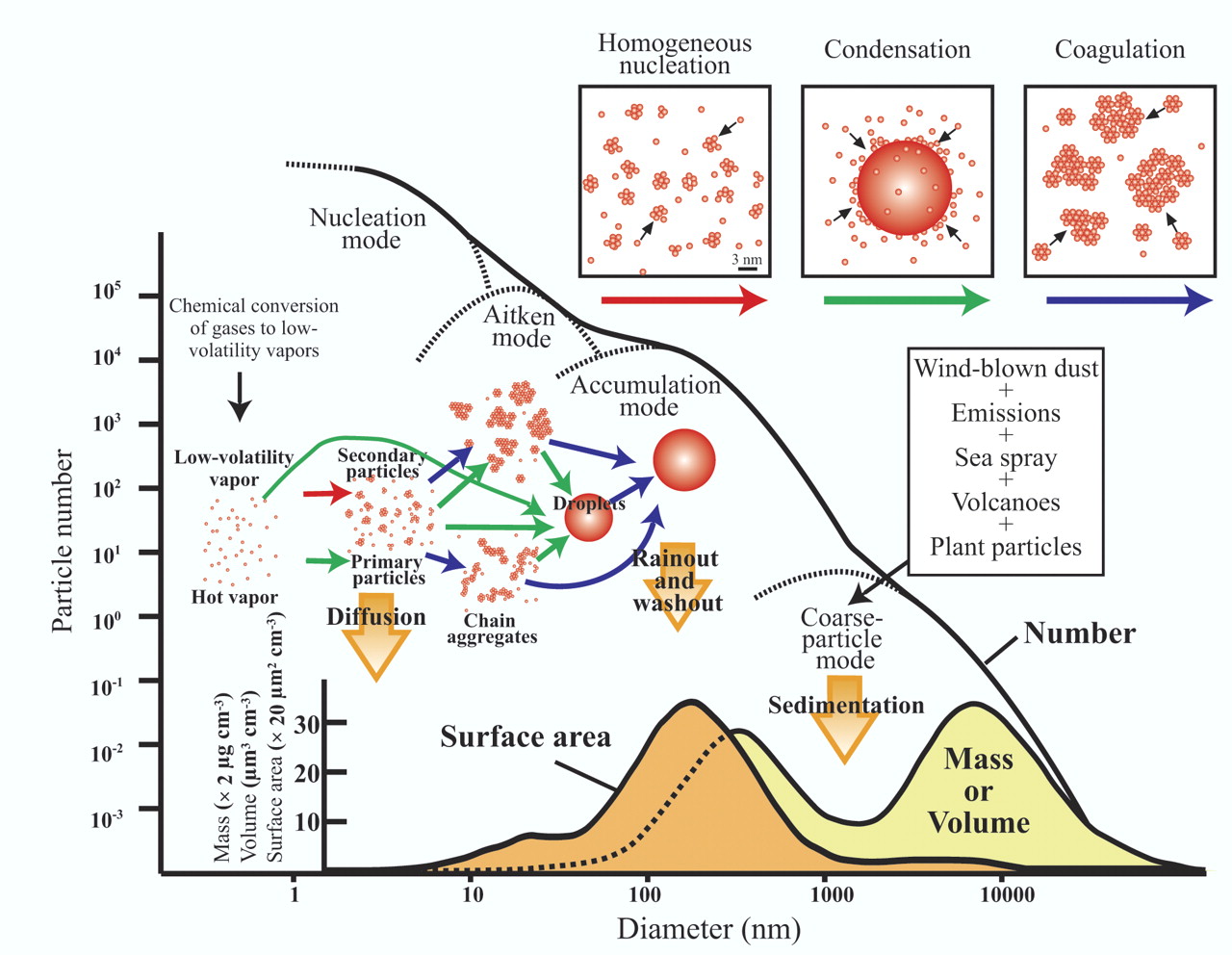
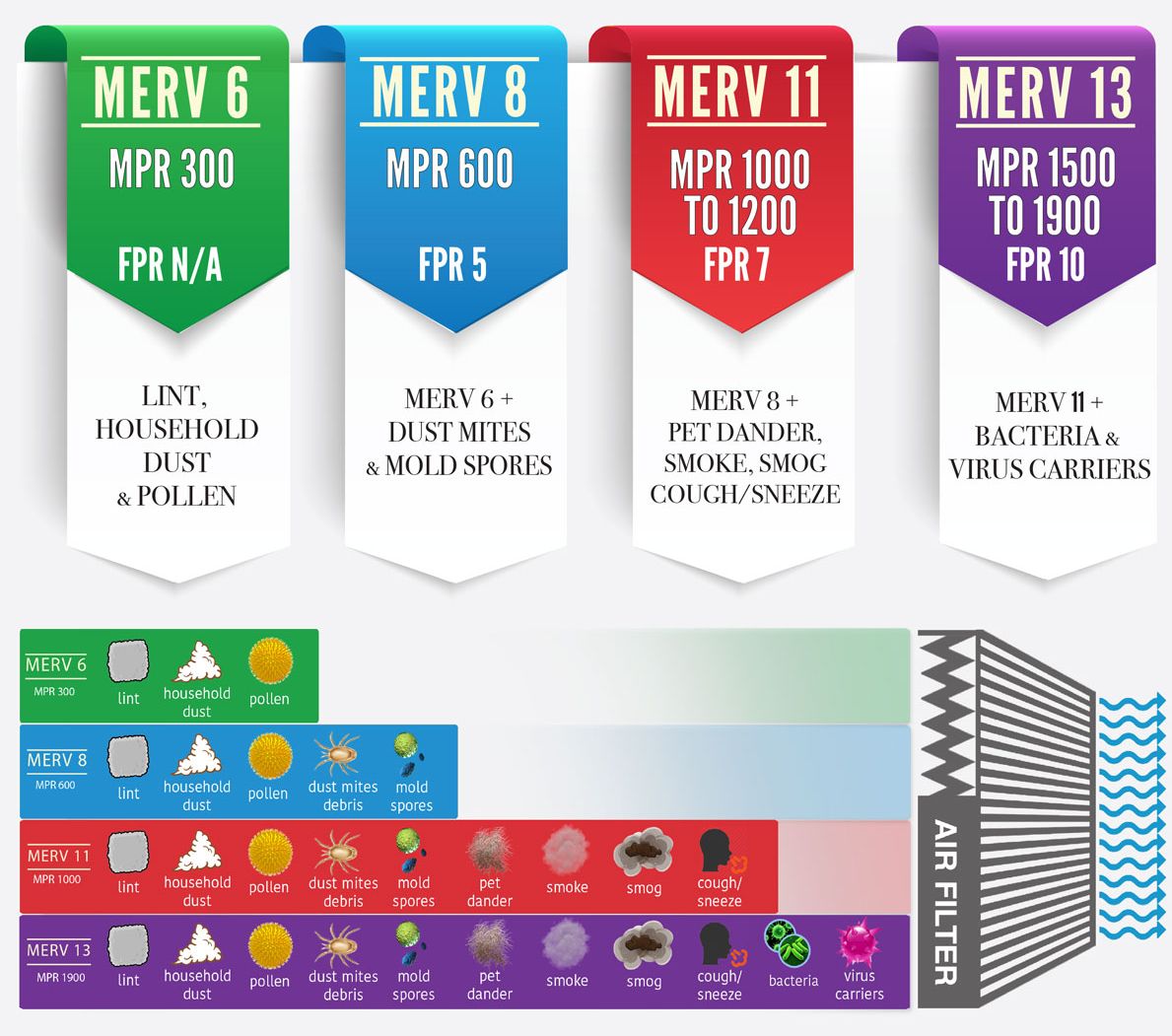
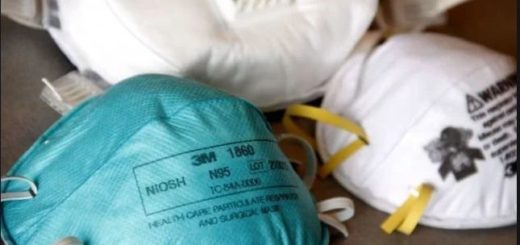
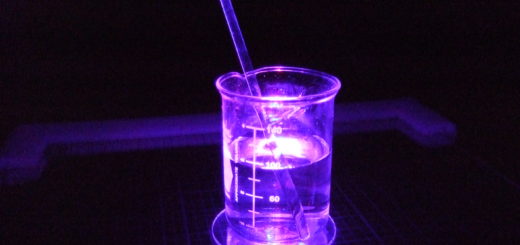
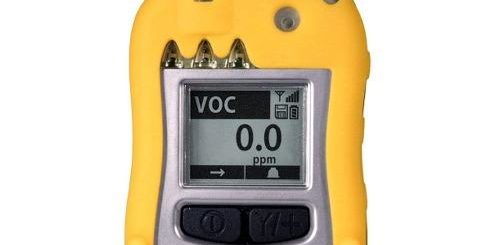
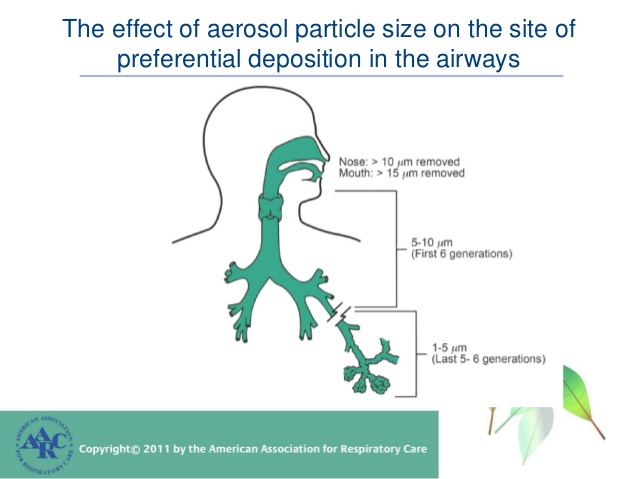
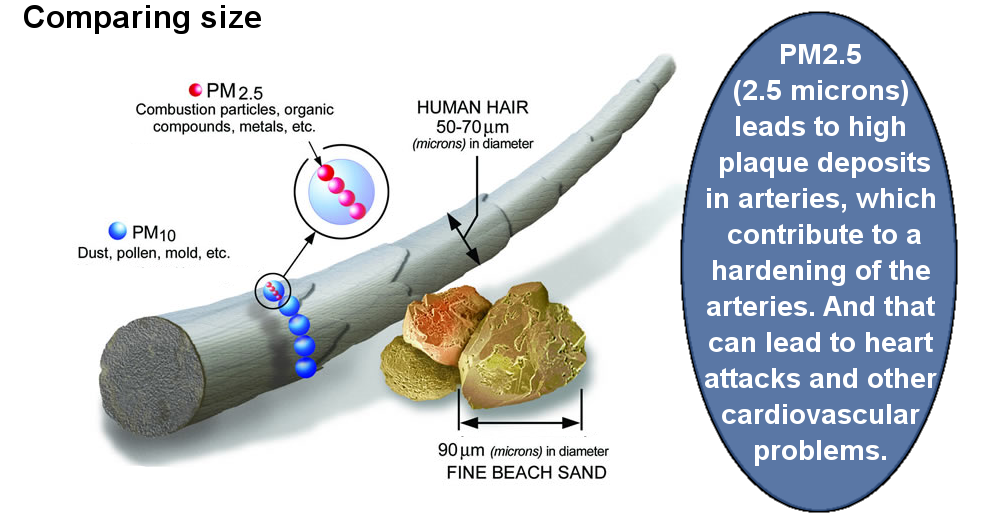
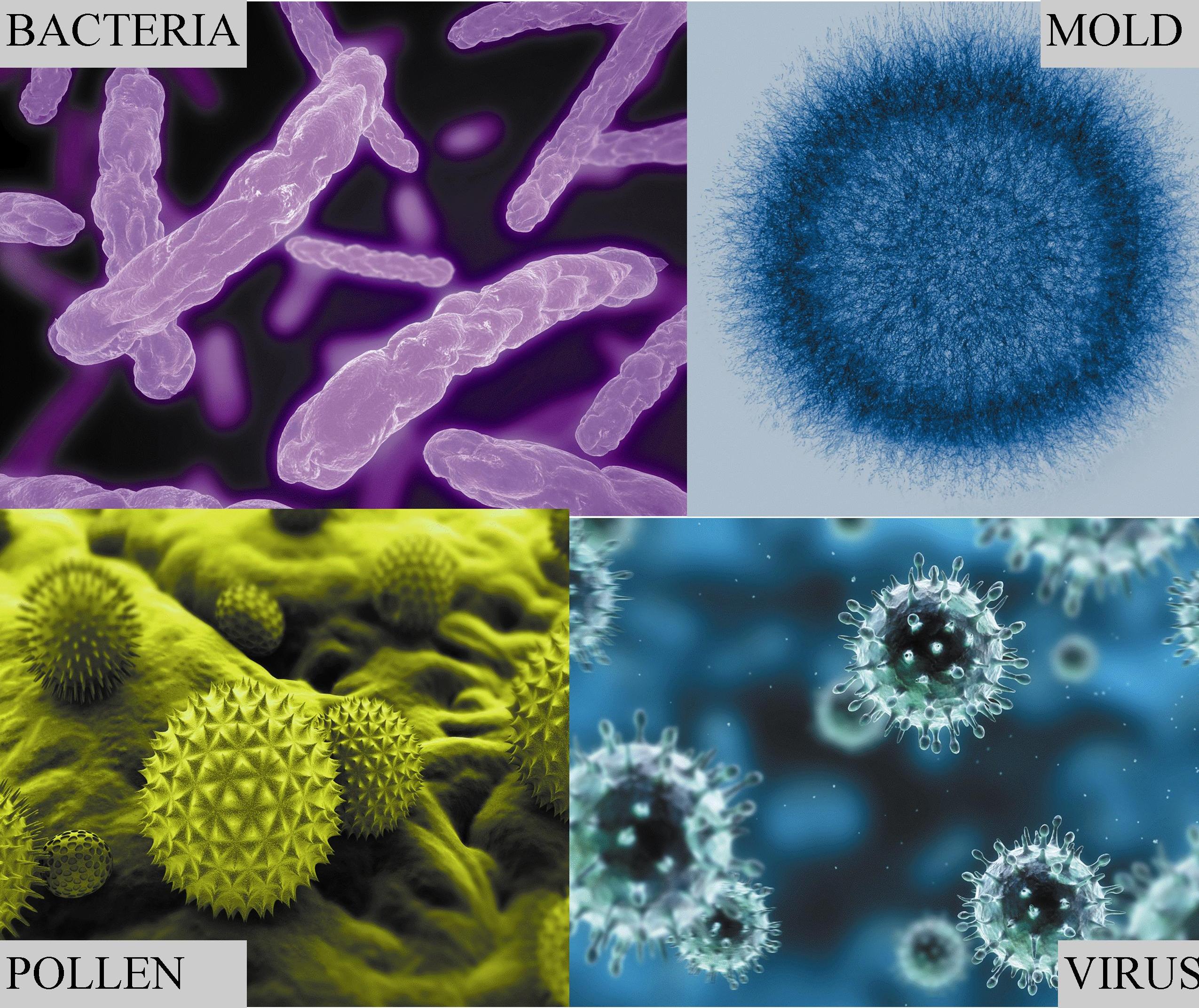


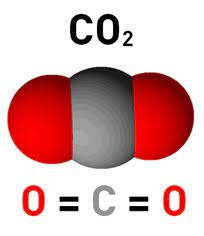


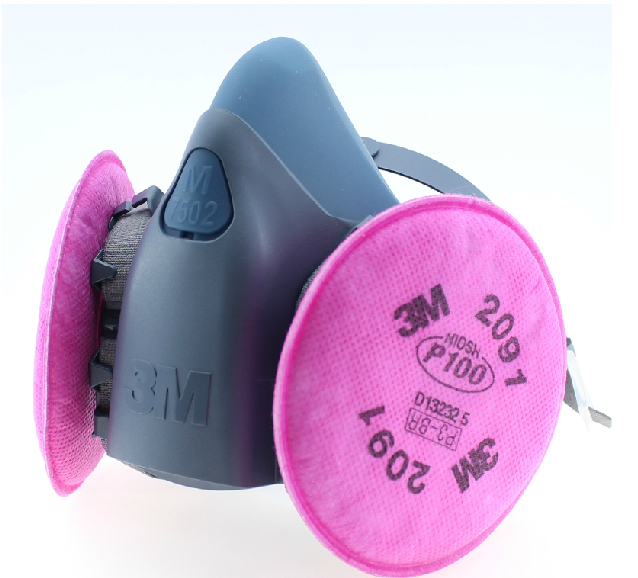
Professionals:
You are invited to attend our Combined Radon Measurement and Mitigation Training Course that will be held in Lubbock, TX from May 15th- 20th, 2017 at The Institute of Environmental and Human Health (TIEHH) campus of Texas Tech University (TTU). The attached brochure provides the radon measurement and mitigation course schedule, registration, and accommodations in the area.
For specifics, please read the attachment and contact the Conference and Noncredit Programs Registration Office at 785-532-5569 or 1-800-432-8222, or email between 8 a.m. and 5 p.m., Monday through Friday. For course content questions please call Dr. Bruce Snead, course organizer, at 785-532-4992.
CE Credits:
KSU -4 -16 hours for measurement and
KSU -5 – 24 hours for mitigation under the AARST -NRPP